Speaking of fabrics, I had the following question from fellow artist, Susan Irving www.applesandart.ca/susan-irving/ …
“Looks like that is going to be fun! I was at a vernissage recently and much of the abstract art contained feathers and fabric, which did not seem to be treated in any way. I was wondering how that would hold up over time. What are your thoughts on this?”
Here is how I answered Susan …
“I would expect untreated fabric to break down over time, especially natural fibres. For example, about 30 years ago I made cotton lap quilts and the cotton fabric is now starting to disintegrate. Acrylic mediums, and Paverpol fabric hardener (also an acrylic polymer product), seem to slow down the process a great deal. I have a heron sculpture that I made with fabric and Paverpol and it has been out, year-round, in my garden for six or seven years and still looks like the day I made it. It is also important to note that untreated fabrics can collect dust and dirt, while those that are protected can simply be wiped clean with a damp cloth, or dusted with a house painter’s brush.
Feathers, I think, are a little more durable... like human hair, but I would still treat them with a polymer medium as it does slow down fading and aging. I once tested images printed using non-archival inkjet printer inks. Half I coated with acrylic medium and half I left uncoated. The uncoated ones faded very rapidly while the coated ones did not, in fact I got tired of having them on my window sill and finally threw them out, with almost no fading... I also had some that I kept in the dark as a control, to gauge the fading.
Even the great masterpieces need conservation from time to time, as the oil paint starts to crack and peel or the canvas eventually starts to rot and disintegrate. Fortunately, we have conservators who can preserve these wonderful paintings.”
Watch for Spring, coming in my next blog... with or without groundhogs!
This Week’s Painting Tip: Painting from Dark to Light
For those who paint in more opaque mediums, such as oils, acrylics and pastels, working from dark to light gives a painting an additional level of depth.
When painting trees I start with the darkest greens and then apply a minimum of two more layers of lighter greens to create depth. Think about it, the darkest greens will be in the shadows, underneath the leaves that are directly hit by the sun. Working from dark to light puts those shadows exactly where they need to be to create a natural looking tree. Same thing with tree trunks… I start with the darkest colour, add a medium and then the highlights.
You can apply this approach for everything… rocks, clouds, animal fur, human hair, waterfalls/water of any type, faces, fruit… anything!
Here is one of my paintings that rose from a black canvas...
Polar bear painting: https://www.facebook.com/uniladmag/videos/2607618319261211/
Painting Update:
Winter is progressing, and while I’m still seeking a few items to add to it, I got started laying down the background fabrics. Both the moiré taffeta and the glittery net were dipped in Paverpol, the excess removed, and then applied to the birch panel. The moiré fabric was laid flat, but with the net fabric I created waves, like an icy winter wind. I used dressmaker pins to hold the net in place until it is dry, when I will remove them. Hands also become works of art while working with this stuff!
Thanks for joining me today. I hope you will join me again soon… you can subscribe to my blog from my website at www.susanashbrook.com/blog. Also, please let me know if you enjoyed the blog, subjects that you would like to see covered, and any questions that you may have.
Best wishes,
Susan


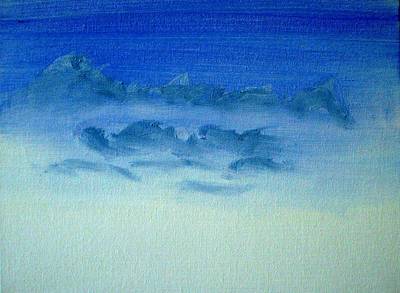

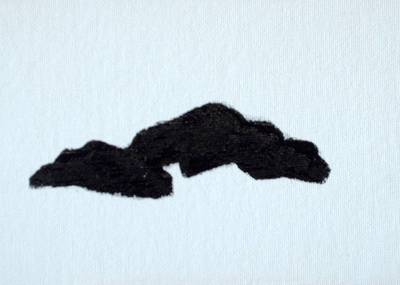
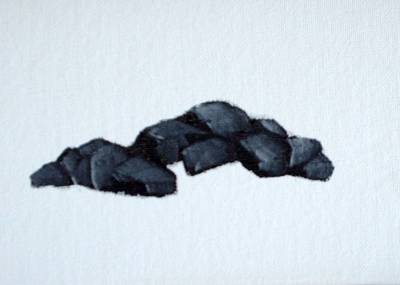
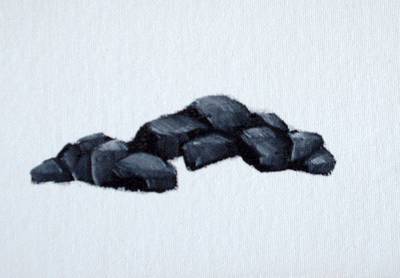
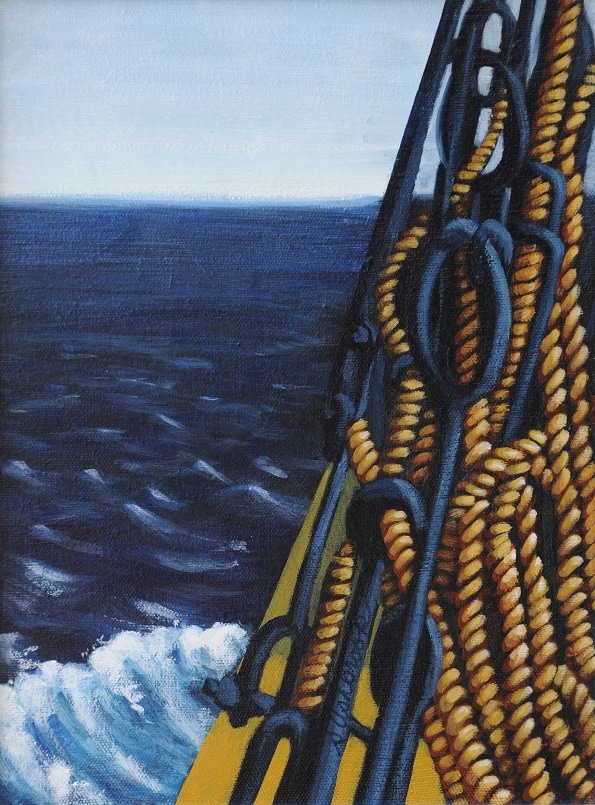
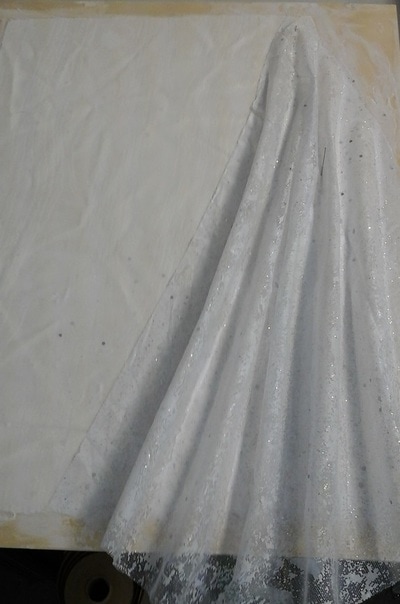

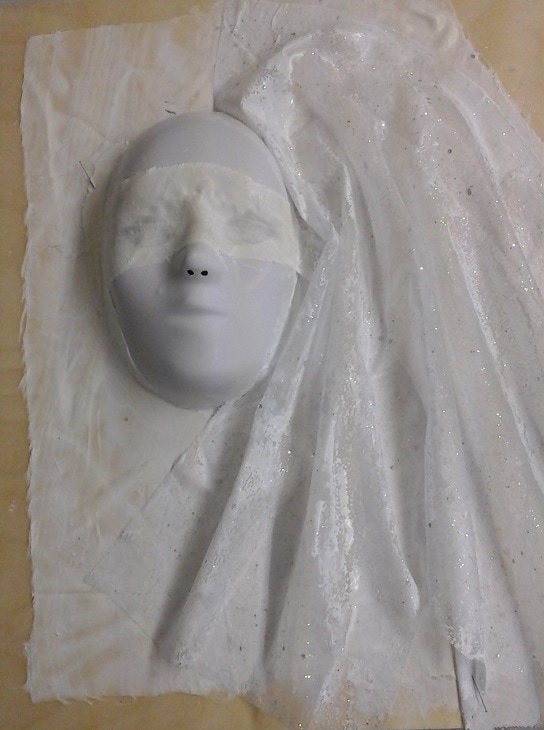
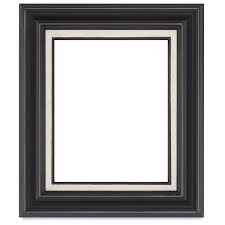
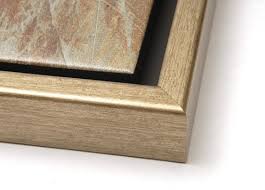
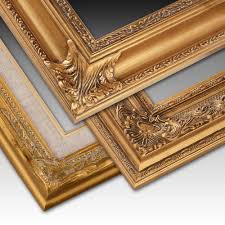
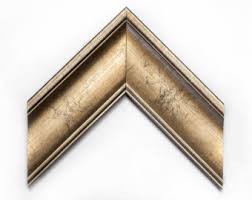
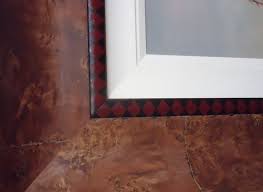
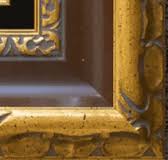
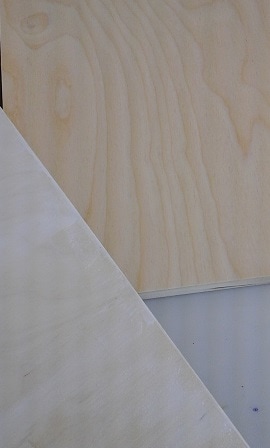
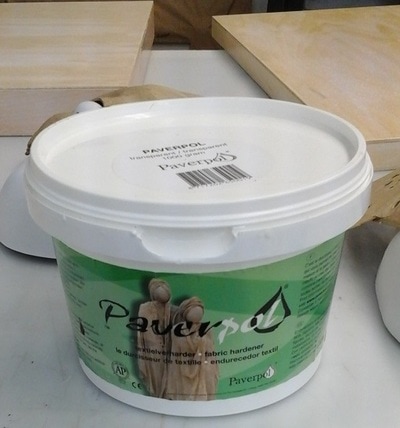
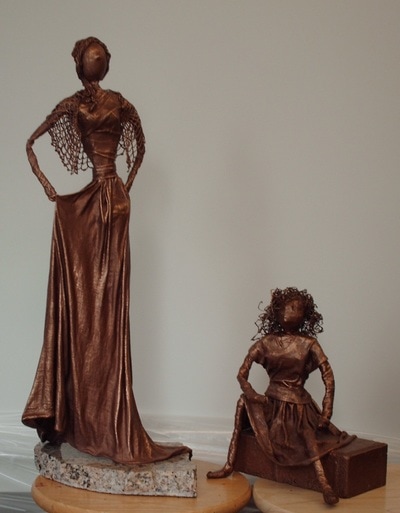
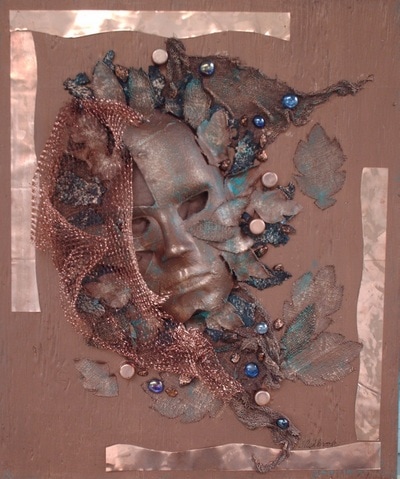
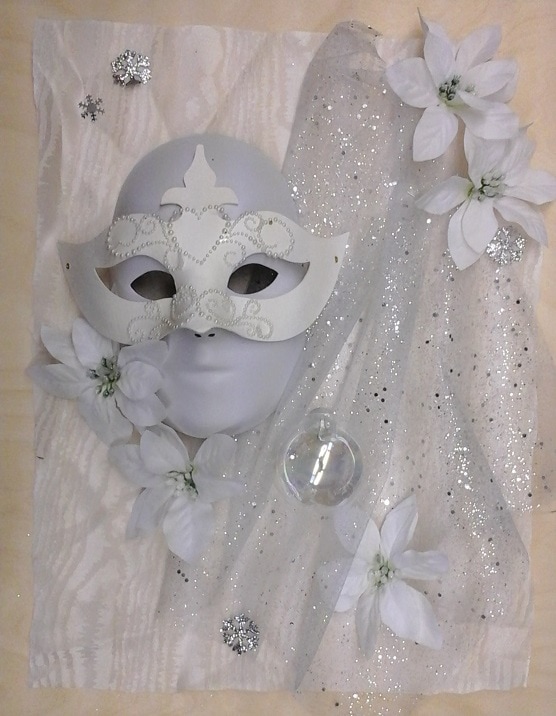
 RSS Feed
RSS Feed